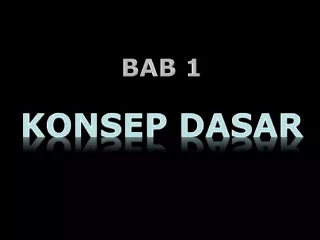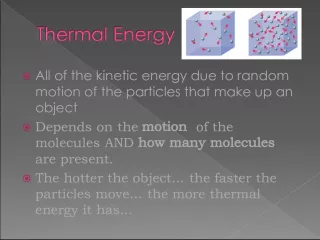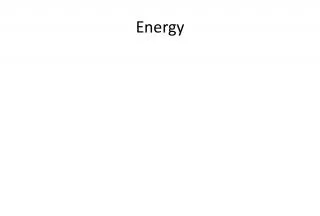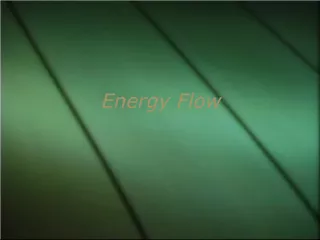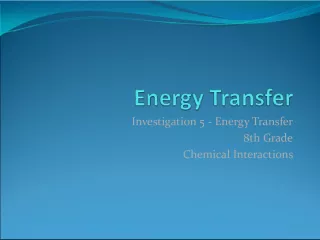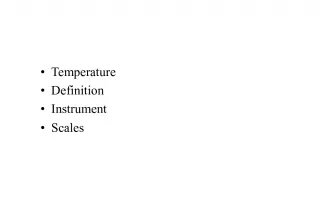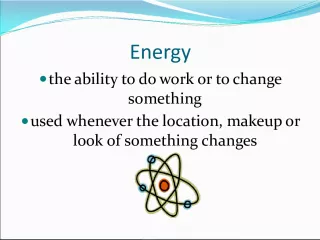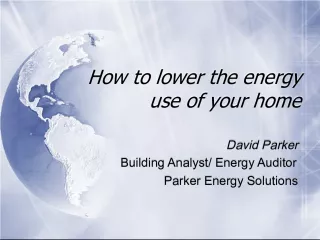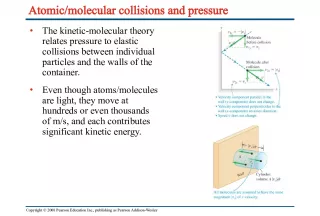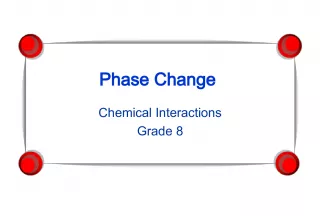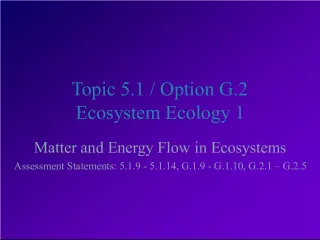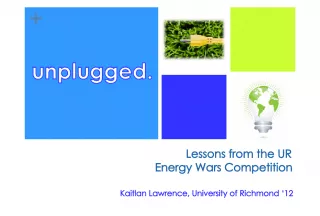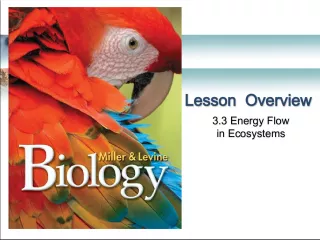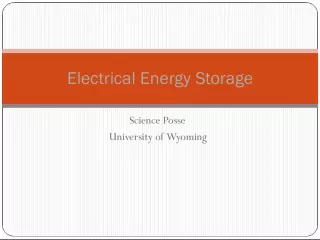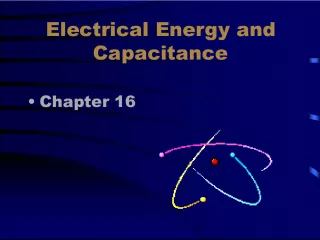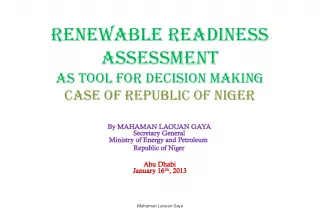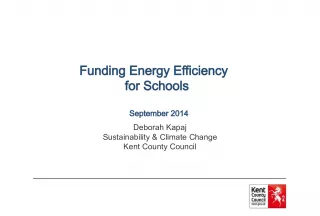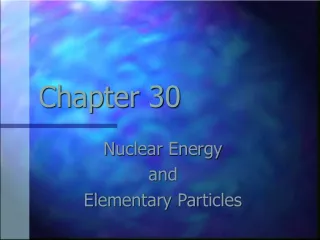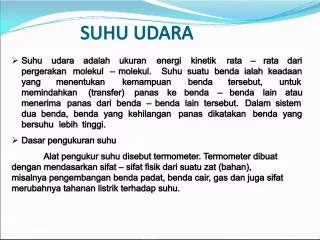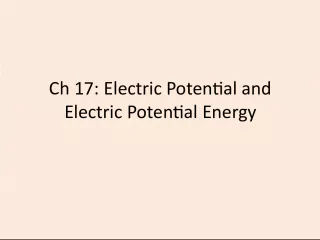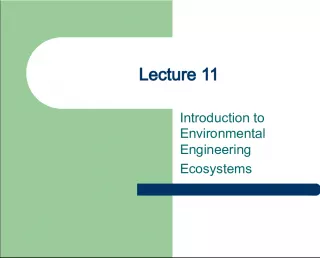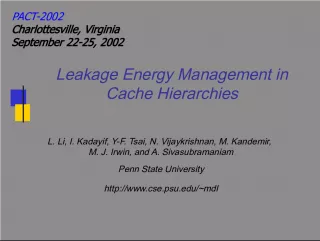Understanding Energy and Kinetic Energy
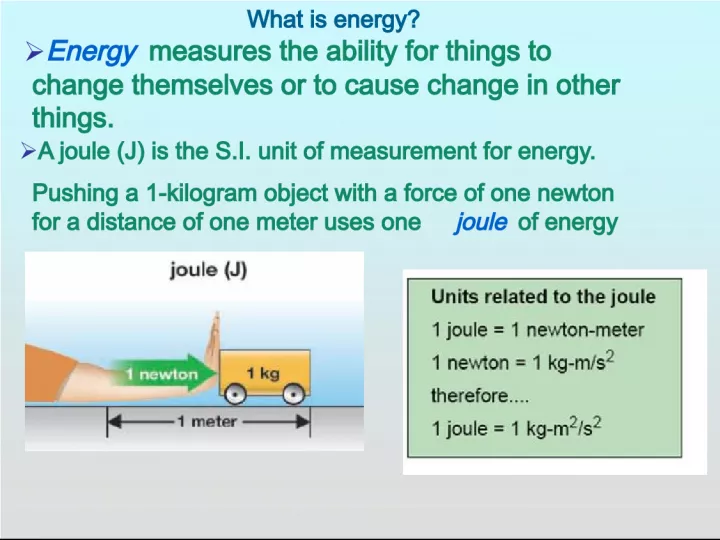

Energy measures an object's ability to change itself or cause changes in other objects. It is measured in joules (J), the SI unit of energy. For example, pushing a 1 kil
- Uploaded on | 0 Views
-
 vitaliy
vitaliy
About Understanding Energy and Kinetic Energy
PowerPoint presentation about 'Understanding Energy and Kinetic Energy'. This presentation describes the topic on Energy measures an object's ability to change itself or cause changes in other objects. It is measured in joules (J), the SI unit of energy. For example, pushing a 1 kil. The key topics included in this slideshow are . Download this presentation absolutely free.
Presentation Transcript
Slide1What is energy? Energy measures the ability for things to change themselves or to cause change in other things. A joule (J) is the S.I. unit of measurement for energy. Pushing a 1-kilogram object with a force of one newton for a distance of one meter uses one joule of energy
Slide21. Kinetic EnergyAn object that moves has kinetic energy (when you walk, run, jump -- you have K.E.) How much Kinetic Energy an object has depends on 2 things: a. The mass of the object b. The speed its moving at The more speed an object has the more KE it has. Ex: a fastball has more KE than a slow curve ball. The more mass an object has the more KE it has. Ex: Think of a tennis ball rolling across your foot …compared to a bowling ball rolling across your foot
Slide3The formula used to find kinetic energy is: E k = mass x velocity (speed) 2 2 ** Notice the velocity (speed) is squared. This means if you go twice as fast, your energy increases by four times (2 2 =4) SAMPLE PROBLEM: Find the kinetic energy of a 50 kg swimmer, swimming at a speed of 4 m/sec. ( Use 5 steps to solve) YES -- 5 STEPS!! 1. E k = mass x speed 2 2 2. E k = 50 kg x (4m/sec) 2 ÷ 2 3. E k = 50kg x 16 m 2 /sec 2 ÷2 4. E k = 800kg/m 2 /sec 2 ÷2 5. E k = 400 joules
Slide42. Potential Energy - is "stored" energy or energy an object has due to its position. Ex: An archer gives potential energy to a bow by pulling it back. The stored energy can be used to send the arrow flying through the air. • Potential energy associated with objects that can be stretched (bow) or compressed (spring) is called elastic potential energy. • Potential energy that depends on height is called gravitational potential energy . Ex: A person standing on the edge of an 3-meter cliff.
Slide5The formula for finding gravitational potential energy (when the mass is in kilograms) is: E p = mass x acceleration due to gravity x height SAMPLE PROBLEM: Find the potential energy of a 50 kg diver on a 15 meter cliff. E p = mass x acceleration due to gravity x height E p = 50 kg x 9.8 m/sec 2 x 15 meters E p = 7350 joules When the mass (weight) is given in newtons you would use the formula E p = mass x height
